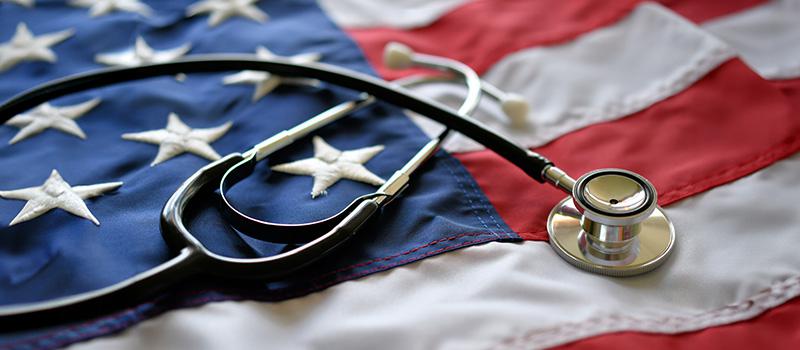
As a content writer, I’ve learned how powerful stories can be — especially the ones that make people feel seen, even if just for a moment.
This isn’t a case study. It’s not a headline.
It’s personal.
It’s someone I love.
And his story matters.
I wrote it because it’s the only thing I can do right now — use my voice, my words, and what I know about digital impact to try and help.
Because when the system fails, sometimes the most powerful thing we can offer is visibility.
There’s a quiet kind of joy that comes with rebuilding your life.
It’s not flashy.
It’s not loud.
It’s that slow, steady feeling of safety returning after years of instability — when you find your person, you make a home, and for the first time in a long time, the future feels… possible.
That’s where Cae was.
He had just bought a house with his partner.
They were making plans. Grocery lists. Planting roots.
After everything life had thrown at him, he was finally catching his breath.
Then his body said: not yet.
It kept climbing. He felt exhausted, dizzy. But like many of us, he pushed through.
“It’s just stress,” we said.
“Rest a bit. You’ve been doing too much.”
Until one night, it got worse.
ER-worse.
Doctors said he was dangerously close to a heart attack.
That night turned into more tests. Then more questions. And then came a list of diagnoses that would pull the rug out from under him:
Cae lives in the U.S. — where illness doesn’t just cost you your health.
It can cost you everything.
Even with insurance, the bills hit hard.
One of his medications wasn’t approved in time. Another wasn’t covered at all. His glucose monitor requires constant refills. Every test, every specialist, every step forward comes with a price tag.
He’s not working. His doctor placed him on medical leave until at least July.
And the mortgage still needs to be paid.
Groceries, too. Utilities. And now, insulin.
Imagine being asked to heal while doing math every day to figure out if you can afford to.
Cae is a fighter. Anyone who knows him will tell you that.
He’s someone who shows up for people. The kind of friend who sends voice notes when you’re sad and remembers the things you don’t say out loud.
But lately, he’s been scared.
And tired.
And worried he’s becoming a burden.
“I used to be the one that held it all together,” he told me.
“Now I get winded walking down the street.”
“I’m trying to stay hopeful for her. For us. But it’s hard.”
How illness isolates.
How the bills pile up faster than the answers.
How asking for help feels like another kind of defeat — even when it’s the only choice left.
This isn’t just about Cae.
It’s about the millions of people who are trying to get better while the system makes it harder every step of the way.
It’s about what happens when you’ve finally built something — love, a home, a future — and suddenly you have to fight to keep it.
Cae’s GoFundMe is here.
If you can donate — thank you.
If you can share — that helps too.
Everything raised goes directly toward medical expenses and keeping his home afloat while he focuses on healing.
Because no one should have to choose between their health and their home.
Not when they’ve finally found both.
And to the companies whose tools and platforms make this fight a little more bearable —
GoFundMe, Dexcom, Lilly, Novo Nordisk, LinkedIn —
thank you for being part of the ecosystem that can support people like Cae.
This is where technology meets humanity.
Let’s not look away.